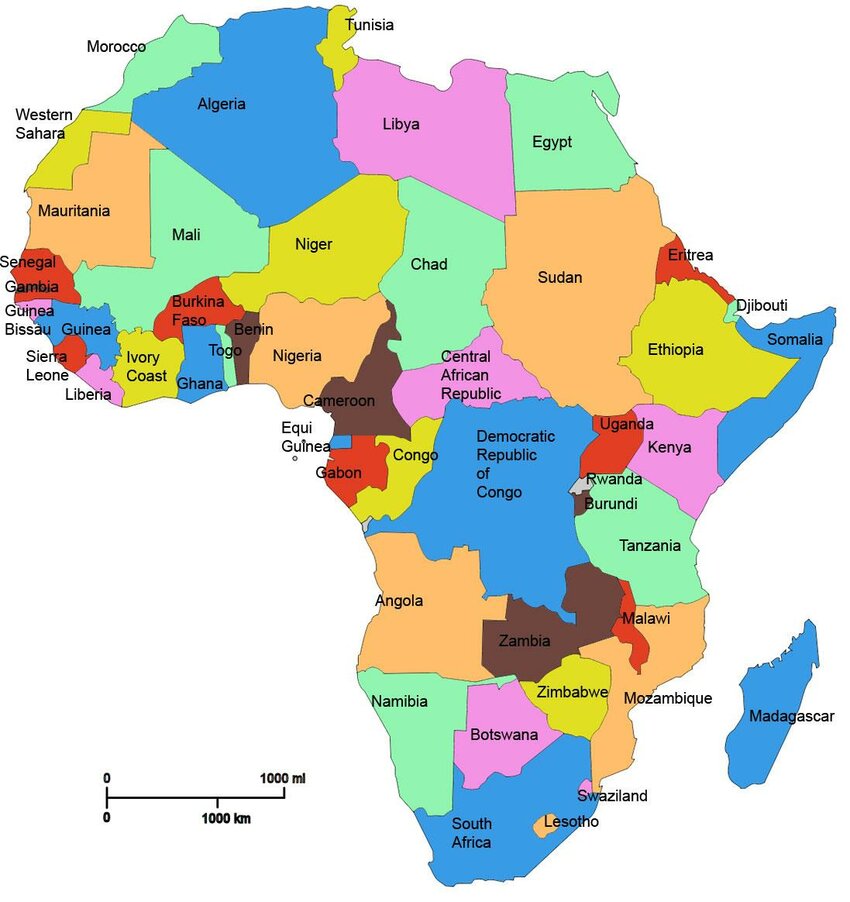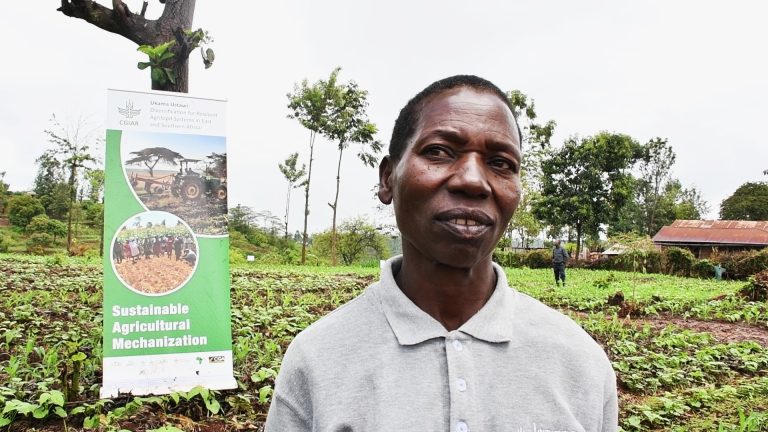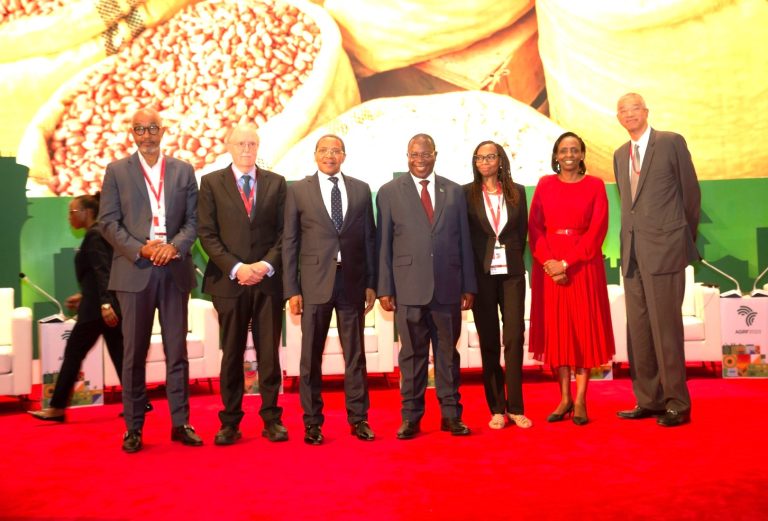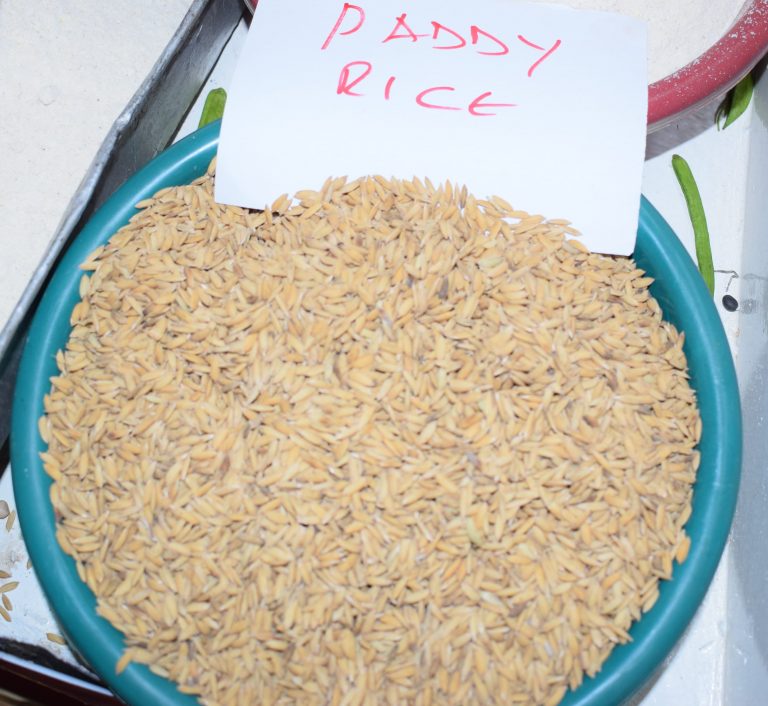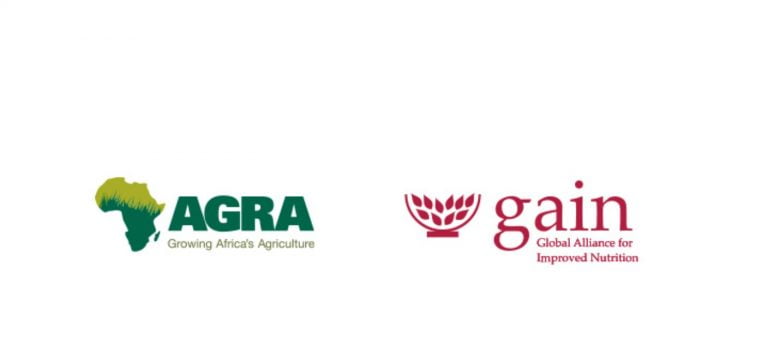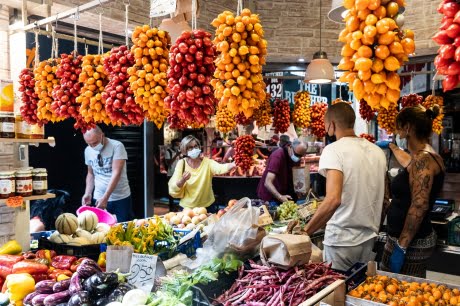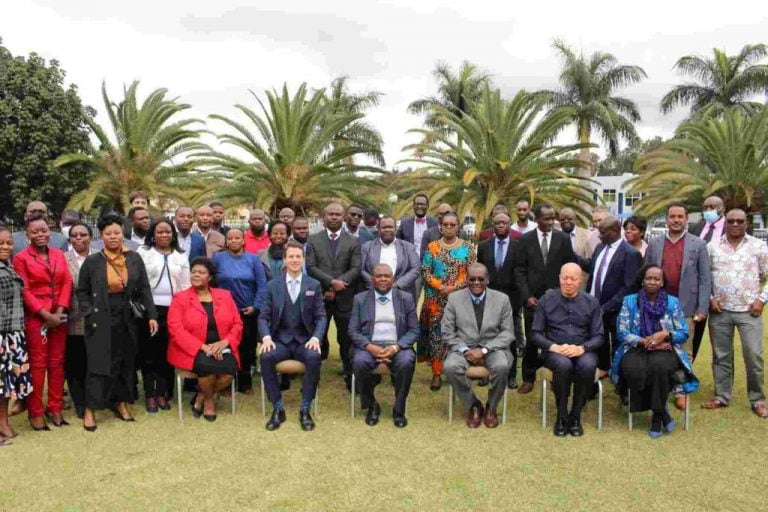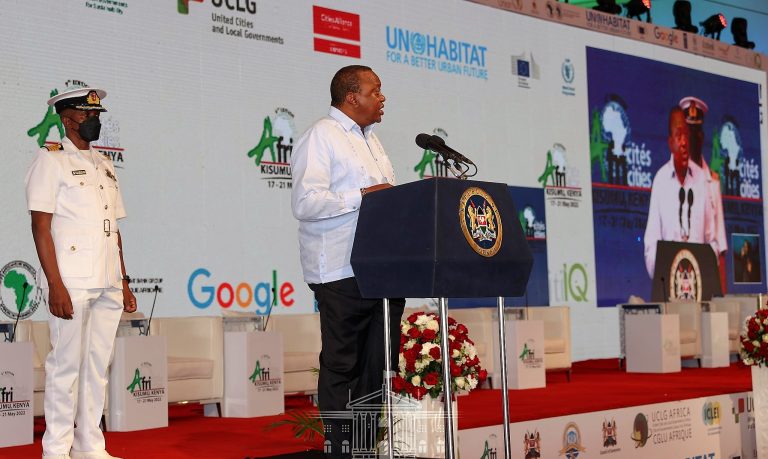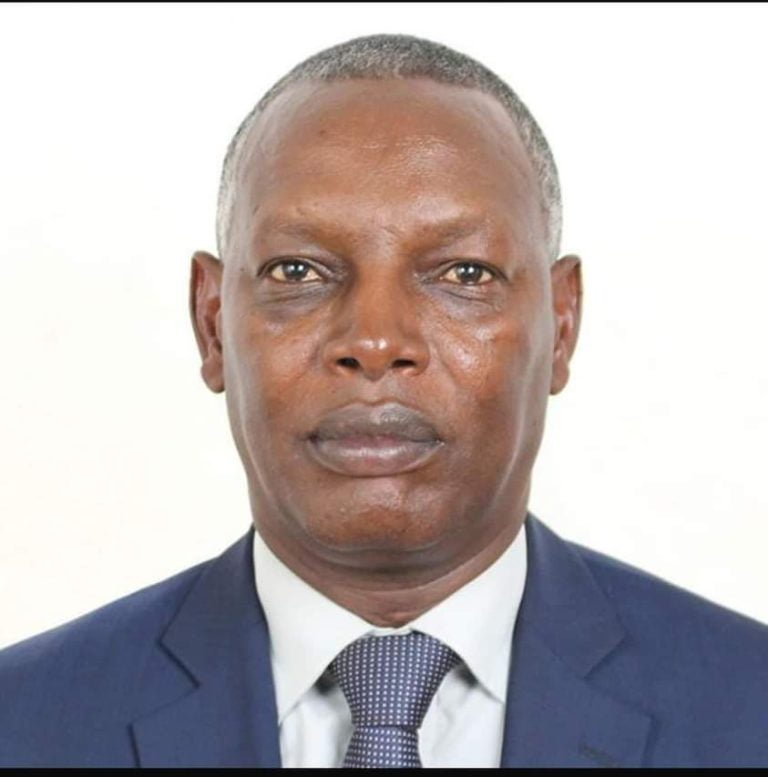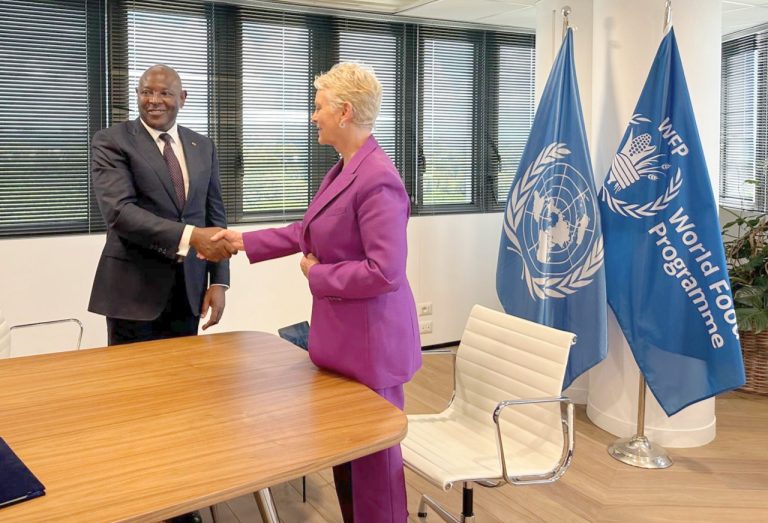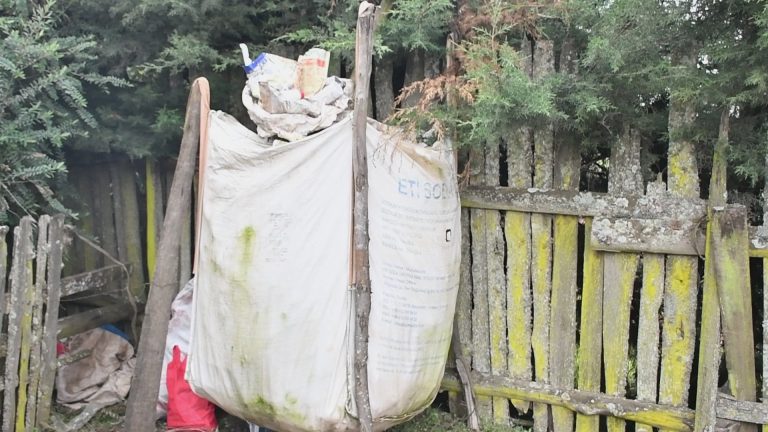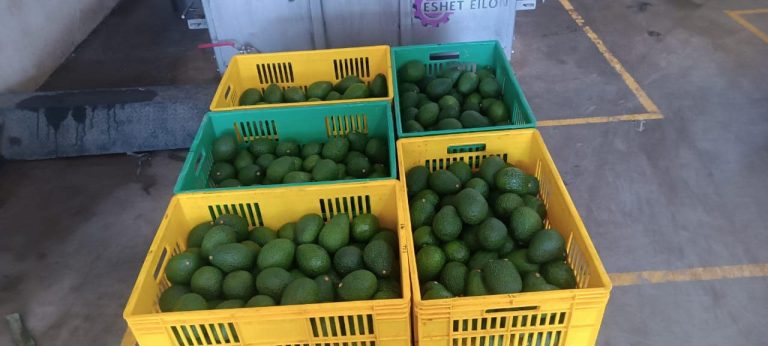By Kimuri Mwangi
Through resource efficiency, circular design, water reuse, repair and recycling, African nations can customize their economic systems to maximize both social benefits and sustainability.
Circularity models hold immense promise for fostering inclusivity in Africa, addressing pressing economic and social challenges while promoting sustainable development. By reimagining traditional linear models of production and consumption, a circular economy offers opportunities for growth that benefit all segments of society. However, there is no one-size-fits-all approach: each African country needs to adapt its policies according to their particular needs and resources.
Henry Roman, Regional Representative for Southern Africa at the International Water Management Institute (IWMI) spoke to journalists in Pretoria and online participants on this topic during an event on March 7, 2024.
According to Roman, circular economy represents an opportunity. “In Africa, where resource scarcity and environmental degradation pose significant obstacles to development, embracing circular principles can unlock new avenues for job creation, entrepreneurship, and community empowerment. Through initiatives such as designing out waste, resource cycling and innovative product design, the circular economy can harness the continent’s abundant resources and creativity to generate shared prosperity. Furthermore, by prioritizing local production, resource efficiency, and social equity, the circular economy has the potential to reduce inequalities, empower marginalized communities, and promote resilient, self-sustaining economies across Africa,” Roman said.
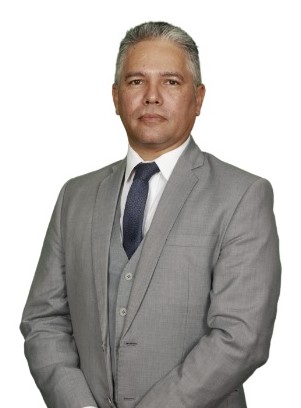
Management Institute (IWMI)
In adopting the circular economy, Africa can chart a path towards a more inclusive and sustainable future, where economic prosperity is intrinsically linked to environmental stewardship and societal well-being.
“Circular economy is not just waste management, recycling, reuse or reduction alone. The principles of circular economy involve designing out waste and pollution, keeping products and materials in use, and regenerating natural systems. It emphasizes resource efficiency, circular design, product longevity, reuse, repair, and recycling to create a sustainable, closed-loop system that minimizes environmental impact and maximizes economic benefits,” Roman explained.
To ensure water security, we must consider circular approaches to its management: water reuse, recycling, and resource recovery in the form of nutrients from wastewater. The reuse of waste water does not always have to be to potable standards — it can meet industrial or agricultural standards, minimizing the cost of treatment.
Roman discussed stats from The Circularity Gap Report 2024 indicating that, despite the circular economy entering the mainstream, global circularity is in decline. The share of secondary materials entering the economy has declined from 9.1% in 2018 to 7.2% in 2023. In the last six years, we have consumed nearly as many materials as in the last century. It is, therefore, critical that circular solutions are designed with the developing world in mind.
The report states that to walk the talk, governments and industries must break free of flawed development patterns that fuel socially- and environmentally-exploitative practices. They can do this by unlocking capital, rolling out bold, contextually-appropriate policies and closing the sustainable and circular skills gap.
Also it states that successful systemic change relies on governments, financial actors and citizens alike. They are urged to level the policy playing field by introducing policies and legal frameworks that incentivize circular practices while penalizing harmful ones, get the economics right by adjusting fiscal policy to create true prices and ensuring that circular solutions are funded and build circular expertise and skills by ensuring that crucial workers are empowered, while circular opportunities are fairly distributed across and within societies.
On countries the report says that on average, residents of high-income Shift countries enjoy affluent, comfortable lifestyles and perform well on social indicators. However, they consume far more than their fair share of materials. Many middle-income countries are and will likely remain key manufacturing and industrial hubs while lower-income Build countries generally struggle to meet basic needs for healthcare and education.
“The very presence of media representatives from Ethiopia, Kenya, Rwanda, South Africa, Tanzania, Zambia, and other African countries in this talk shows that this is the time and season. For a just transition, we must take a system-thinking approach in implementation of the circular economy, because economic transformation has to be inclusive. Circular economy has the potential to create new forms of work and reduce societal inequalities in Africa, and the world at large,” concluded Roman.


